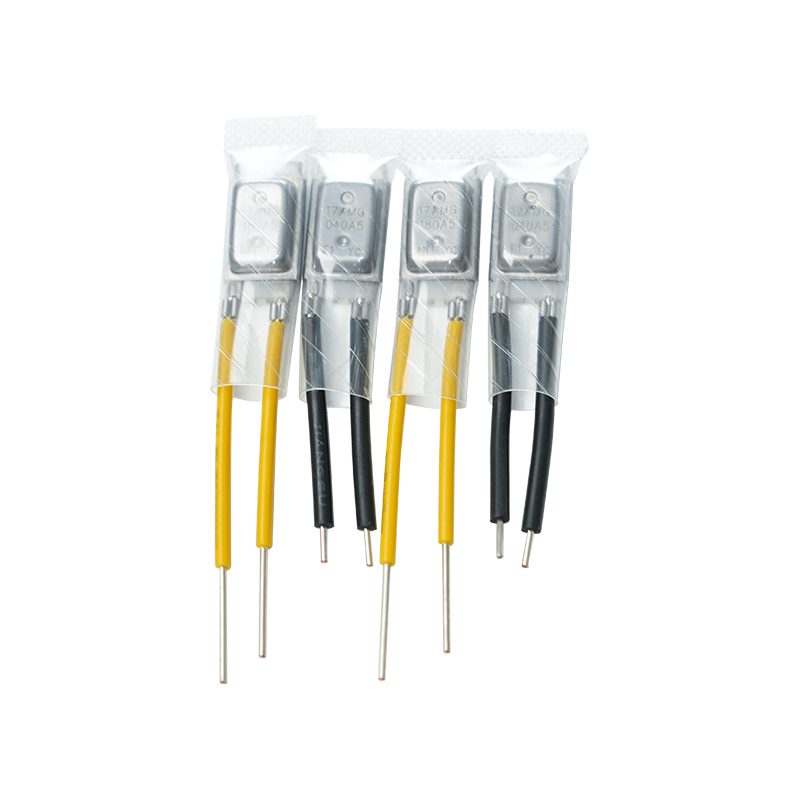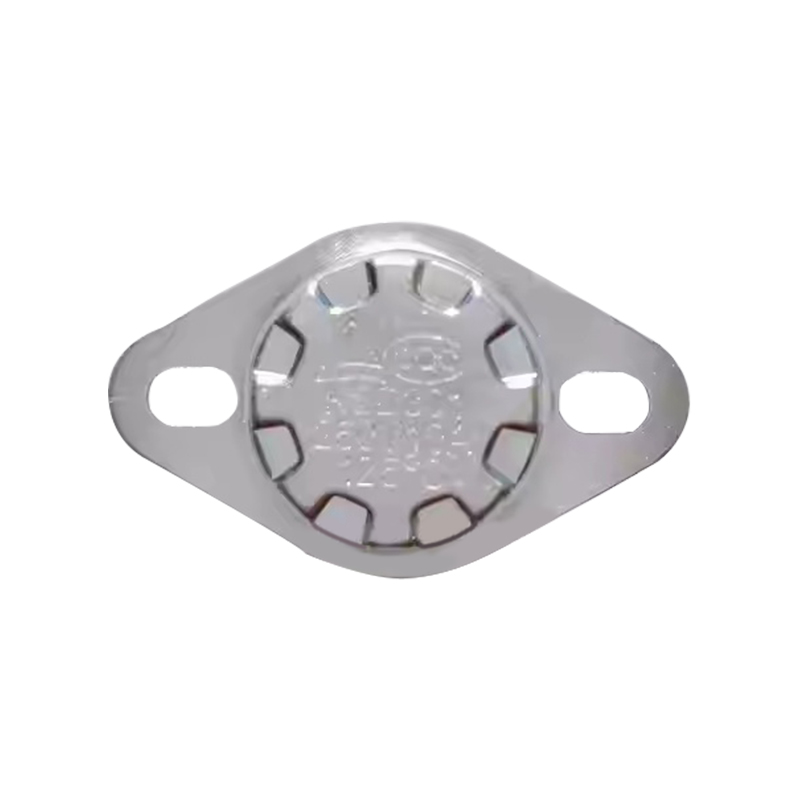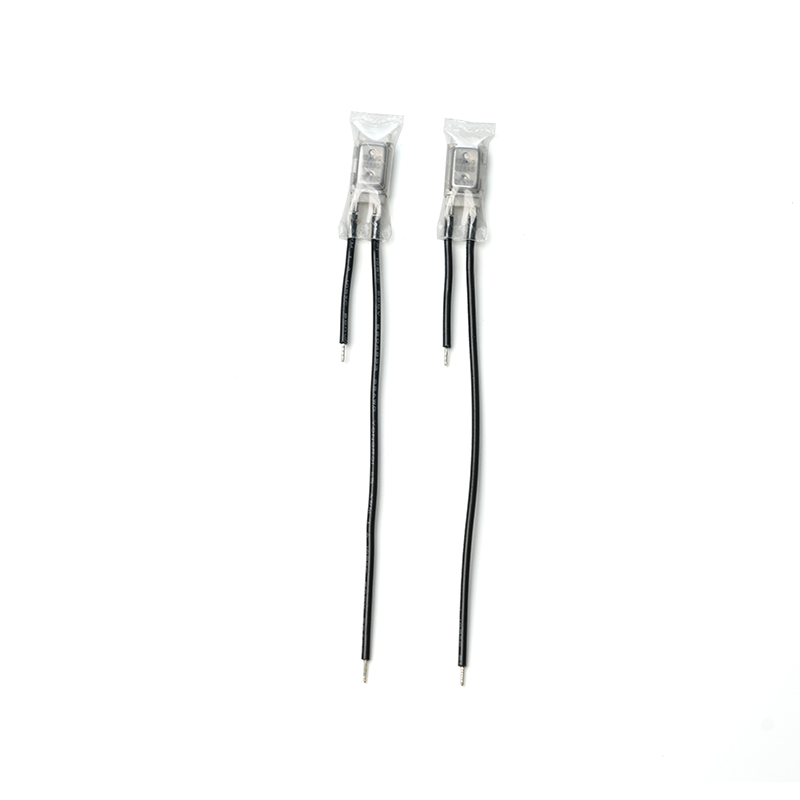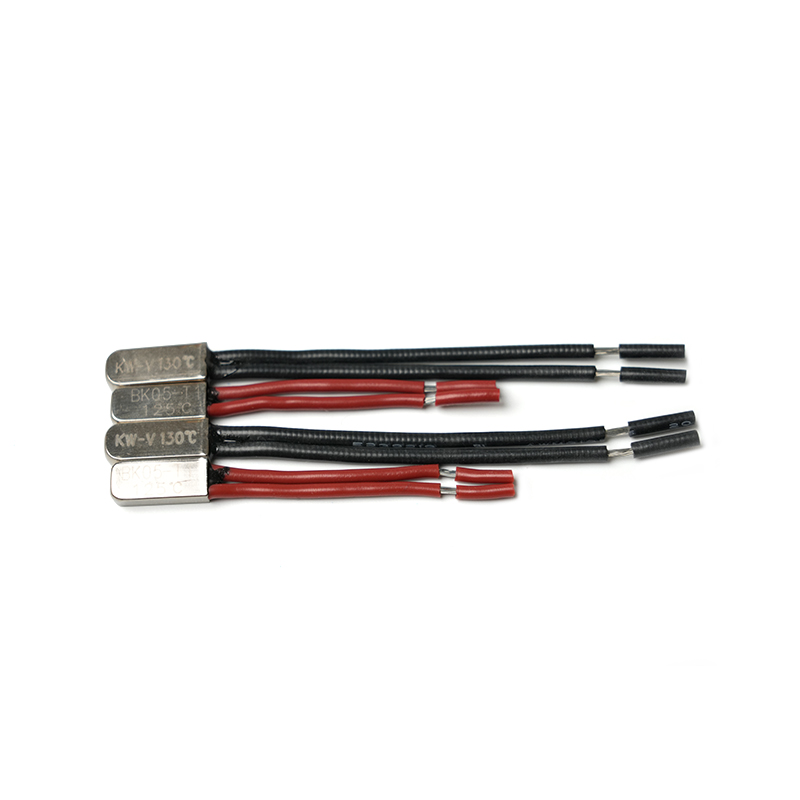Unlocking the Secrets of Thermal Dynamics in Motors: How Motor Thermal Protectors Keep Your Systems Safe

When it comes to safeguarding motors from overheating, understanding the interplay between thermal dynamics and heat dissipation is crucial. Whether you're working with compact devices like fans or heavy-duty industrial machinery, motor thermal protectors play a pivotal role in ensuring optimal performance and longevity. But how exactly do these devices interact with the motor's thermal environment, and what factors influence their effectiveness? Let’s dive into the fascinating world of thermal modeling and environmental considerations to uncover the answers.
Thermal modeling is at the heart of designing efficient motor systems, especially when integrating components like motor thermal protectors. Computational fluid dynamics (CFD) and finite element analysis (FEA) are powerful tools engineers use to simulate heat generation and dissipation within a motor. These simulations help predict how heat flows through the motor housing, windings, and other critical areas, allowing designers to position thermal overload protectors strategically. For instance, placing a bimetal-based protector near the hottest part of the motor ensures faster response times, while thermistor-equipped models might be better suited for applications requiring precise temperature monitoring. By leveraging advanced modeling techniques, manufacturers can fine-tune the placement and calibration of motor thermal protectors, maximizing their ability to prevent overheating damage.

But thermal dynamics aren’t just about internal factors; external conditions also play a significant role in determining how well a motor operates under stress. Ambient temperature, airflow, and even altitude can dramatically affect the performance of thermal protectors. Imagine a motor operating in an industrial oven—here, the ambient heat could push the system closer to its thermal limits, making it essential to choose robust protectors capable of withstanding extreme temperatures without compromising accuracy. Similarly, in sub-zero environments, materials used in thermal protectors must remain flexible enough to function correctly. Engineers often address these challenges by selecting materials with specific thermal expansion properties or incorporating additional insulation layers to shield sensitive components. Understanding these nuances allows businesses to select the right motor thermal protection solutions tailored to their unique operational needs.
Another intriguing aspect of thermal management lies in the broader context of motor design and application. For example, household appliances such as washing machines or air conditioners rely heavily on compact yet reliable thermal protectors like the Bimetal 7AM series. These devices not only monitor temperature but also contribute to energy efficiency by preventing unnecessary power consumption during overheating events. On the other hand, industrial applications demand more rugged designs, such as automatic reset self-holding protectors, which ensure continuous operation even in demanding environments. Regardless of the setting, one thing remains clear: proper thermal management isn’t just about protecting the motor—it’s about enhancing overall system reliability and reducing downtime.
As technology continues to evolve, so too does the field of thermal protection. Innovations in material science and sensor technology are paving the way for smarter, more responsive motor thermal protectors. For instance, some modern designs incorporate IoT-enabled features that allow real-time monitoring and predictive maintenance, giving operators unprecedented control over their equipment. While traditional bimetallic strips and thermistors still dominate the market, emerging alternatives like shape-memory alloys and nanomaterials hold immense promise for future advancements. This ongoing evolution underscores the importance of staying informed about the latest trends and technologies in motor thermal protection.
 English
English







